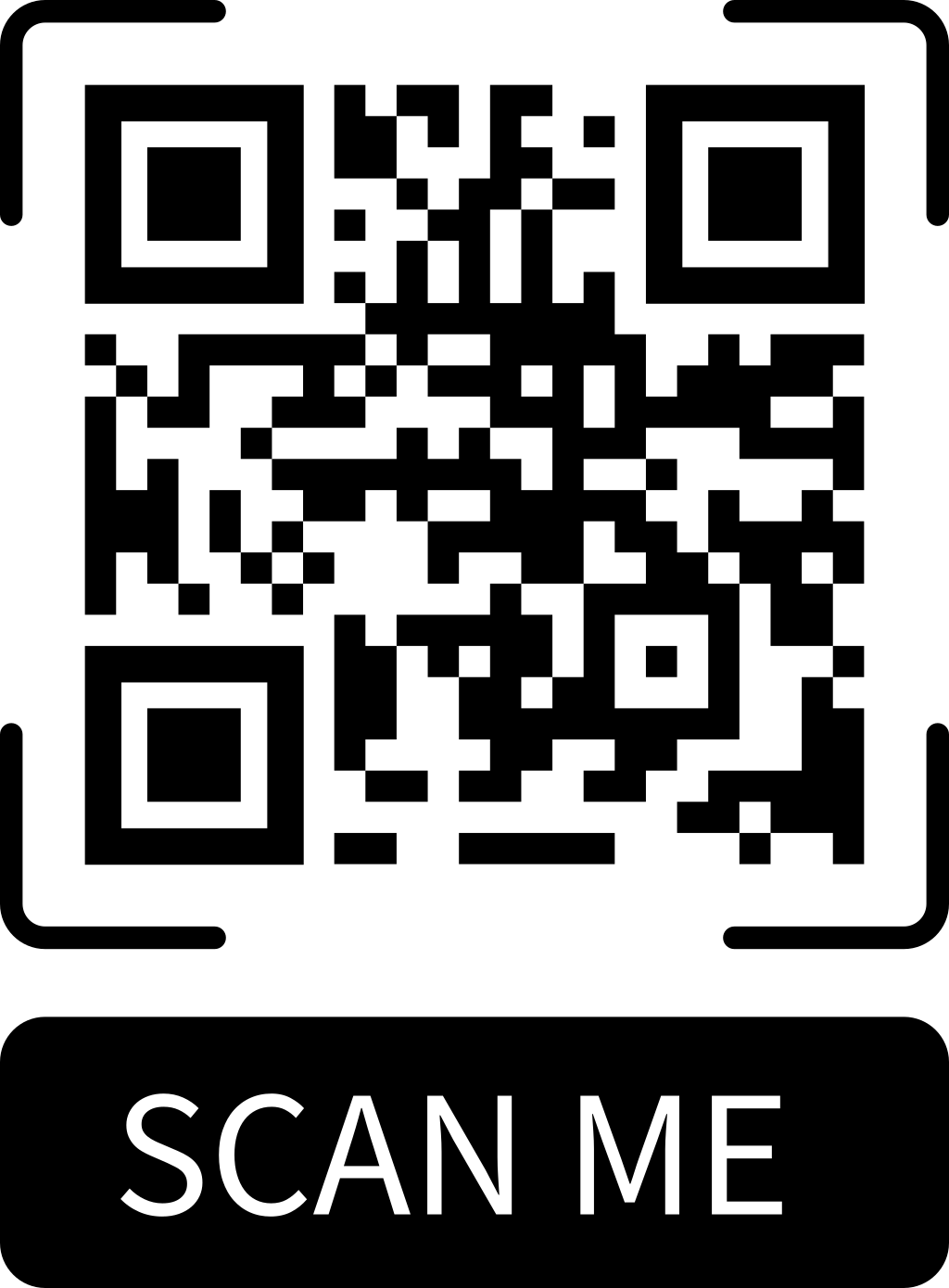
The Hidden Dangers of Scanning Random QR Codes
In today’s digital age, QR (Quick Response) codes are everywhere — on posters, flyers, restaurant menus, product packaging, and even business cards. With a quick scan from a smartphone, users can be directed to websites, download apps, or access information instantly. However, this convenience also brings a growing cybersecurity threat: the danger of scanning random or untrusted QR codes.
What Makes QR Codes Risky?
QR codes themselves are not inherently dangerous — they are simply a way to encode data like URLs, contact details, or text. The risk lies in not knowing what’s embedded in the code before scanning it. Unlike links you can preview before clicking, QR codes hide their destination until after you’ve scanned them. This opens the door for cybercriminals to exploit unsuspecting users.
Common QR Code Scams and Threats
- Phishing Attacks
- A QR code can redirect you to a fake website that looks like a legitimate login page. Once you enter your credentials, hackers can steal your passwords, bank information, or personal data.
- Malware Downloads
- Some QR codes can automatically prompt the download of malicious apps or files, especially on Android devices. These files might spy on you, steal data, or take control of your device.
- Payment Fraud
- Fraudsters can overlay fake QR codes on legitimate ones, especially on donation posters or payment kiosks. Scanning them could transfer your money to the attacker instead of the intended recipient.
- Location Tracking
- Scanning a malicious QR code could trigger GPS tracking or access your location services, allowing cybercriminals to monitor your movements.
- Wi-Fi Credential Theft
- A QR code can contain Wi-Fi network credentials. Scanning it may connect your phone to a rogue hotspot, giving attackers a backdoor to intercept your traffic.
Real-World Examples
- Fake parking meters: Scammers in some cities have placed fake QR codes on parking meters. Unsuspecting drivers scan the code and enter payment information on a spoofed website.
- COVID-19 scams: During the pandemic, some fake QR codes linked to fraudulent health check-in apps or fake testing sites that harvested personal and financial data.
How to Protect Yourself
- Verify the Source
Only scan QR codes from trusted sources — like official websites, reputable businesses, or verified publications. - Use a QR Code Scanner with Preview
Some apps or built-in phone features show you the URL before opening it. Always double-check the link’s legitimacy. - Be Wary in Public Spaces
Avoid scanning QR codes placed on stickers, posters, or walls unless you’re sure they haven’t been tampered with. - Check for Overlays or Modifications
Look closely to see if a QR code has been pasted over another or altered — this could be a sign of fraud. - Keep Your Phone Secure
Use antivirus software, keep your operating system updated, and avoid giving unnecessary app permissions.
The Bottom Line
While QR codes can make life easier, they also come with hidden risks if used carelessly. Think of scanning a QR code the same way you think of clicking a suspicious link in an email. If you wouldn’t trust the source in your inbox, don’t trust it in the physical world either. Stay alert, stay sceptical, and always double-check before you scan.








